Increasing Energy Demand
The escalating demand for energy across various sectors is a primary driver for the Wind Turbine Tower Market. As populations grow and economies expand, the need for sustainable and renewable energy sources intensifies. According to recent data, the global energy consumption is projected to rise by approximately 30% by 2040. This surge necessitates the deployment of wind energy solutions, which are increasingly recognized for their efficiency and low environmental impact. Consequently, the Wind Turbine Tower Market is likely to experience substantial growth as more countries invest in wind energy infrastructure to meet their energy needs.
Technological Innovations
Technological advancements in turbine design and materials are significantly influencing the Wind Turbine Tower Market. Innovations such as larger rotor diameters and improved blade aerodynamics enhance energy capture and efficiency. Furthermore, the development of lightweight materials allows for taller towers, which can harness stronger winds at higher altitudes. Recent studies indicate that these advancements could increase energy output by up to 15%. As technology continues to evolve, the Wind Turbine Tower Market is expected to benefit from enhanced performance and reduced costs, making wind energy a more competitive option in the energy mix.
Rising Environmental Concerns
Growing awareness of environmental issues is driving the Wind Turbine Tower Market. As climate change becomes an increasingly pressing concern, there is a collective push towards cleaner energy sources. Wind energy, being one of the most sustainable options available, is gaining traction as a viable alternative to fossil fuels. The transition to wind energy is seen as a critical step in reducing greenhouse gas emissions. Reports suggest that wind energy could potentially reduce carbon emissions by over 1.5 billion tons annually. This shift in public sentiment and policy focus is likely to propel the Wind Turbine Tower Market forward.
Government Incentives and Policies
Government incentives and supportive policies play a crucial role in propelling the Wind Turbine Tower Market. Many nations have established favorable regulatory frameworks that encourage the adoption of renewable energy technologies. For instance, tax credits, grants, and subsidies for wind energy projects have been implemented in various regions, making investments in wind turbine towers more attractive. This regulatory support not only enhances the financial viability of wind projects but also stimulates market growth. As of 2025, it is estimated that such policies could lead to a 20% increase in wind energy capacity, further bolstering the Wind Turbine Tower Market.
Investment in Renewable Energy Infrastructure
Investment in renewable energy infrastructure is a significant catalyst for the Wind Turbine Tower Market. As countries strive to meet their renewable energy targets, substantial capital is being allocated to wind energy projects. Recent estimates indicate that investments in wind energy could reach over 200 billion dollars by 2030. This influx of capital not only supports the construction of new wind farms but also facilitates the development of advanced wind turbine technologies. As a result, the Wind Turbine Tower Market is poised for robust growth, driven by the increasing financial commitment to renewable energy initiatives.



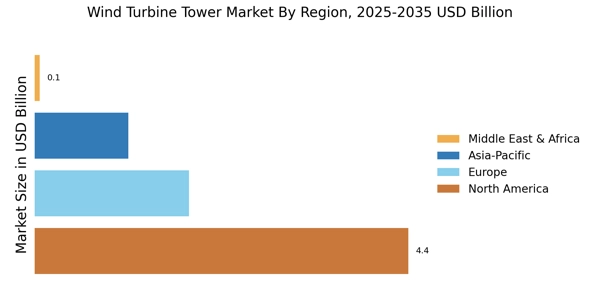


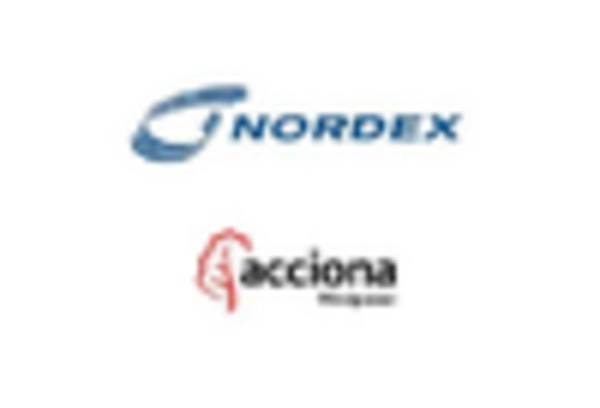
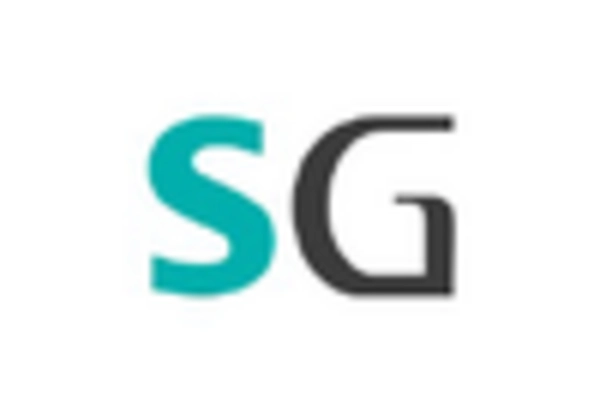
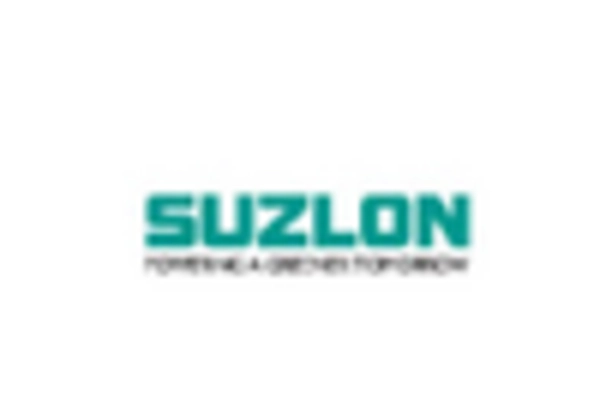
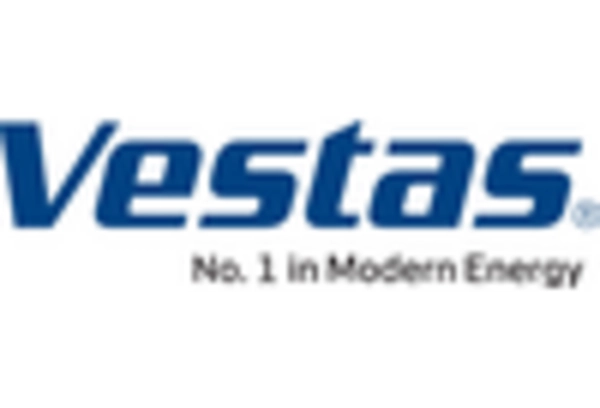








Leave a Comment